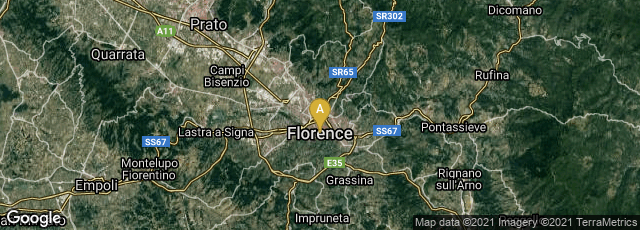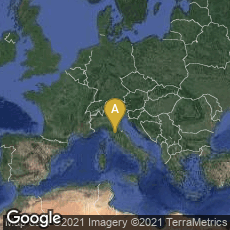

"Until quite late in the Middle Ages virtually everyone who learned to write did so on a wax tablet, and virtually everyone who made a draft, of letter or lyric, treatise or document, or a running account at the fishmonger's, did so on a wax tablet. The wax tablet, as support for the written word, had a longer uninterrupted association with literate Western civilization than either parchment or paper, and a more intimate relationship with literary creation. . . ." (Richard Rouse and Mary Rouse, "The Vocabulary of Wax Tablets," Bound Fast With Letters. Medieval Writers and Texts [2013] 13).
In their discussion of wax tablets tied together, in the form of two tablets tied together called diptychs, or multiple tablets tied together, known as polyptychs, typically referred to by the Romans as codices, the Rouses mentioned that the largest number of recorded tablets tied together was eight:
"The most complex of which we have record is the eight-part tablet, a special gift, celebrated in verse by its owner, the eleventh century French poet Baudri: 'You [his polytych] contain eight tablets' (in vobis . . .sunt octo tabelle') (Rouse & Rouse, op. cit., 16)
In May 2014 I came across a reference to a book by the eighteenth century Italian physician, naturalist, and writer Antonio Cocchi concerning a manuscript written on fourteen wax tablets. Cocchi's work, Lettera Critica Sopra un Manoscritto in Cera, published in Firenze in 1746, provided an analysis of the contents of the 14 wax tablets, which included a long account of a journey undertaken by Philippe IV of France (Philippe le Bel). Cocchi wrote his book in the form of a letter to Pompeo Neri. At the end of his book he provided a letterpress table, which was in part a facsimile of the wax tablet manuscript. Unfortunately the several scans of the book that were available in July 2019 left the folding table folded up in the scanner so the table was not visible in any of the digital copies that I found.
Whether any of the wax tablets described by Cocchi were tied together in the form of a codex, or codices, was unclear. However, the title of the work, drawing attention to the wax tablet format of the manuscript, confirms that medieval wax tablets had become rare by the eighteenth century. Whether the tablets researched by Cocchi survived into the 21st century was unknown.